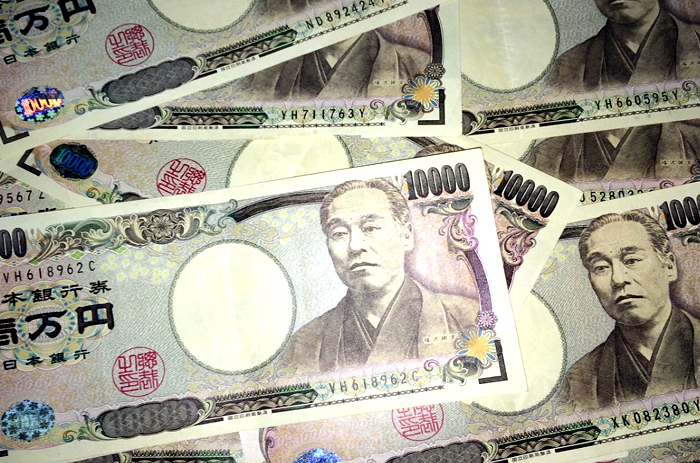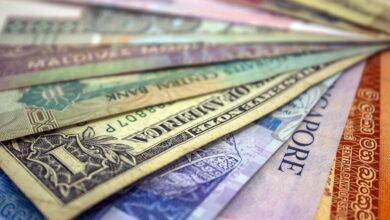Japanese Yen Mixed Due to Dovish BoJ, Chinese Yuan Weighed Down by COVID Fears

China put in place new COVID lockdown measures on Friday. As a result, the yuan didn’t do as well as other Asian currencies, and the yen’s price was all over the place because the Bank of Japan (BoJ) sent dovish signals.
As Chinese cities like Guangzhou and Wuhan implemented new curbs to stop a recent rise in COVID-19 cases, the yuan was largely flat against the dollar.
The action raises concerns about the Chinese economy, which is still struggling as a result of numerous lockdowns this year. The offshore yuan, however, increased 0.2% on Friday as other Asian currencies benefited from a weaker dollar. Treasury yields follow positive GDP data.
Related: Wages, not yen, will determine when Japan exits its ultra-low interest rate regime.
Both the Indian rupee and the Singapore dollar increased by 0.2%, and both currencies are expected to have a good week.
The BoJ held interest rates at extremely low levels as anticipated, and the Japanese yen recovered from intraday losses to trade up 0.1% at 146.19. The central bank also raised its estimate for inflation in 2022. This suggests that the Japanese economy will have more short-term trouble.
Inflation in Tokyo reached a 33-year high in October, according to data released earlier on Friday. The number most likely denotes a similar increase in monthly inflation across the country.
This year, the yen has had one of the worst years among Asian currencies. As the difference between domestic and foreign interest rates has grown, the yen has lost about 30% of its value.
However, the yen was expected to end the week in the green thanks to a weaker dollar and a retreating United States. Treasury yields.
After data revealed that the U.S. economy expanded faster than forecast in the third quarter, sentiment changed for the better. The reading also showed that inflationary pressures in the U.S. were not as bad for the economy as had been thought before.
It fueled hopes that the Federal Reserve would operate less hawkishly in the upcoming months as a result of the milder impact of inflation.
However, other than that, it appears to be primarily conjecture ahead of the FOMC meeting for some “pivot” indications, according to analysts at ING. In a note, they wrote, “Falling reverse repo usage may be an indicator that the Fed could at least moderate the pace of quantitative tightening
Even though the dollar got stronger over night, 10-year Treasury rates kept going down below 4%, which raised hopes that the Fed will be less aggressive.
A 75 basis point increase by the Fed next week is still anticipated by the markets. However, a more modest rate increase is anticipated from the central bank in December.
Related: The group led by Japan Industrial Partners is likely to miss the deadline for borrowing money for the Toshiba buyout – Kyodo.
On Friday, the dollar index dropped 0.2% and was projected to drop 1.4% this week.




